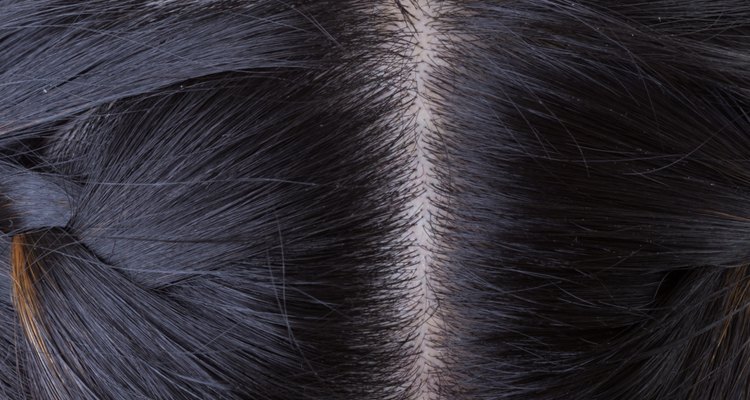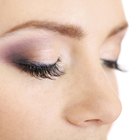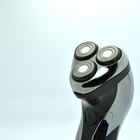
sutichak/iStock/Getty Images
Scars in the scalp area develop from a variety of injuries, such as cuts, scrapes, burns and surgery, according to MedlinePlus. The scarred skin may appear thicker, be reddish in color and have a shiny appearance. The appearance of scalp scars typically improves over time. If your scarring is stressful or embarrassing, however, there are treatment options to minimize them. Your dermatologist can assist with choosing the right option for your scar.
Undergo surgical scar revision. This procedure improves the appearance of scalp scars by changing the size, color or depth of the scar, according to the American Academy of Dermatology. Tell your dermatologist what bothers you most about the scar so he can focus on repairing the most troublesome areas.
Apply pressure bandages to the area. Scalp scars with a raised appearance may benefit from pressure bandages. Use the bandage as directed by your dermatologist. After several months, the scar’s appearance is usually improved.
Freeze scar tissue. Cryosurgery, which is performed by your dermatologist, freezes scar tissue on the scalp. After the procedure, the appearance of scars is usually better. Follow your dermatologist’s after-care instructions to ensure proper healing.
Use cortisone tape on scalp scars. Cortisone, which is a type of steroid, causes scars to shrink and get flatter, according to the American Academy of Dermatology. This treatment is best for scalp scars with a raised appearance. Cortisone tape is available through your dermatologist.
Resurface the affected area with dermabrasion treatments. A dermatologist uses a tool to remove the top layers of skin. New skin will re-grow, minimizing the appearance of scalp scars. Expect recovery time to last about a week, according to the American Academy of Dermatology.
Related Articles

How to Get Rid of a Tattoo Scab

How to Take Care of Painful Ingrown Hair

How to Get Rid of Pink Scars

How to Prevent Underarm Bumps

How to Get Rid of Scars With Wheat Germ ...

How to Cover a Really Red Scar

How to Cover a New Tattoo So You Can ...

How to Remove Dandruff With Baking ...

How to Treat a Perm Burn

Negative Effects of Endermologie

How to Fix Tan Lines on the Face

How to Clear Up Red Bikini Line Bumps

How to Remove Eyebrow Hair Permanently

How to Get Rid of Dark Spots Around a ...

How to Stop a Mustache From Growing for ...

How to Soothe Irritation Bumps From ...

How to Grow Hair on Scar Tissue

How to Take Care of a Colored Tattoo ...

How to Shave With an Electric Razor

How to Remove Shaving Scars
References
Resources
Warnings
- Contact your medical insurance provider to discuss procedure coverage. Procedures that are cosmetic in nature, like scar treatments, aren’t usually covered by insurance companies. Request quotes from your dermatologist to determine procedure costs and payment options.
Writer Bio
Nicki Howell started her professional writing career in 2002, specializing in areas such as health, fitness and personal finance. She has been published at health care websites, such as HealthTree, and is a ghostwriter for a variety of small health care organizations. She earned a Bachelor of Science in business administration from Portland State University.
Photo Credits
sutichak/iStock/Getty Images